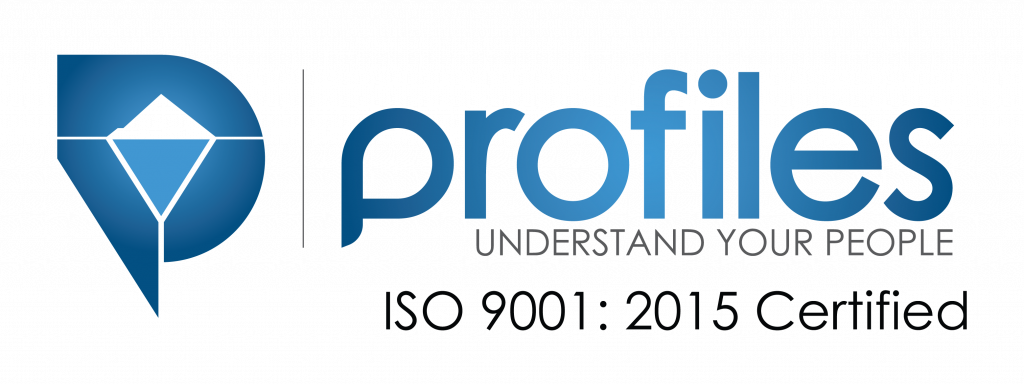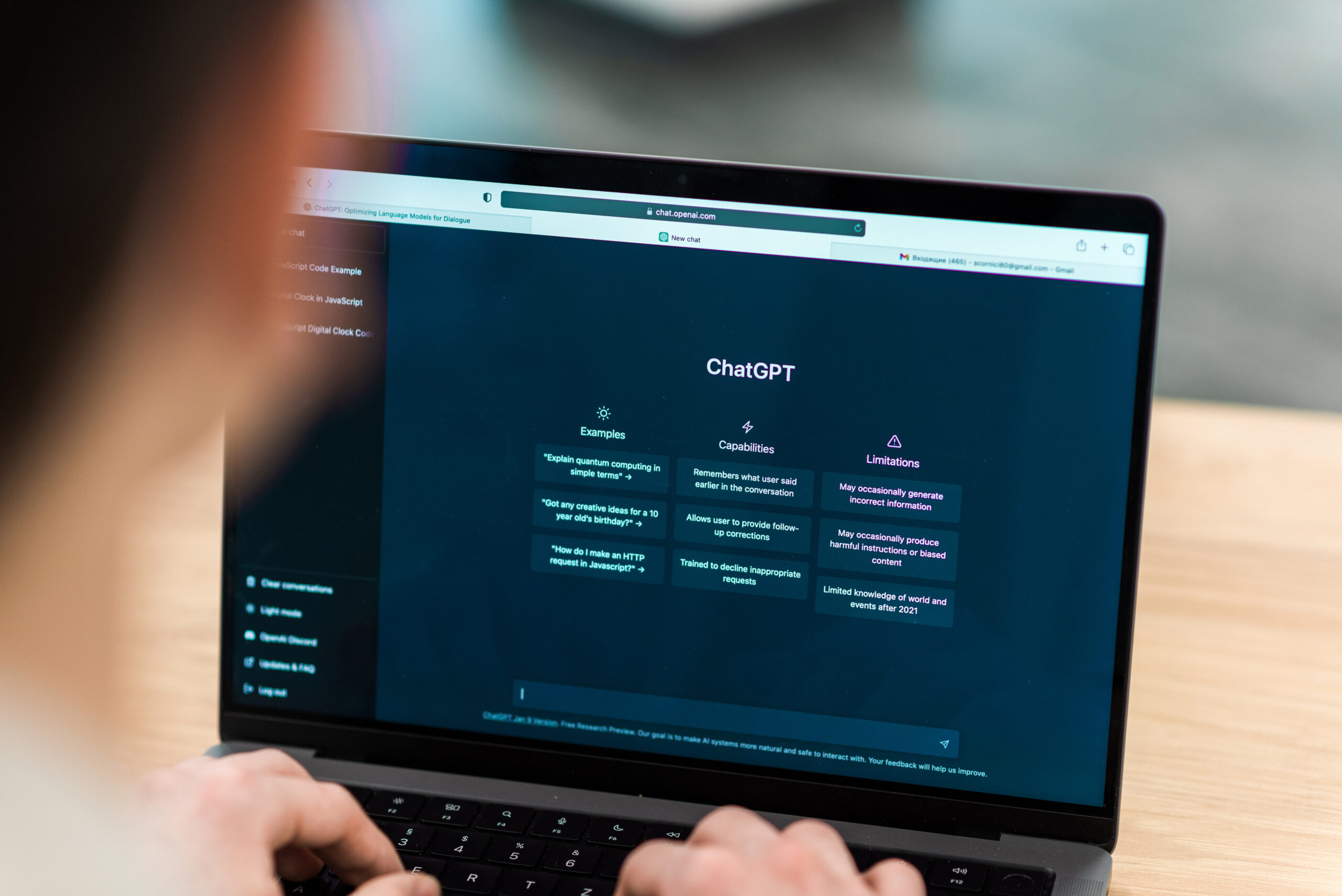Artificial intelligence (AI) has become unavoidable, with its advent currently shaping how we live and work. From autonomous assistants, to predictive analytics, to recommendation algorithms, to workflow automations, 50% of employees across the world already use some form of AI.
The same applies to human resources (HR), where traditional processes are being redefined by tools that:
- Streamline hiring
- Personalize learning and development (L&D)
- Monitor and enhance employee engagement
- Support smarter decision-making
For organizations, adopting this new technology is no longer a luxury, but rather a necessity for operational efficiency. To help you understand how AI can bolster your HR capabilities and workforce, we’ll dive into its intricacies.
What is AI?
AI pertains to systems, computers, or machines that perform tasks typically requiring human intelligence—think of learning, reasoning, and problem-solving.
In the realm of HR, it automates repetitive tasks, analyzes volumes of data, and gleans insights that drive smarter and faster decisions. Some examples include:
- Resume screening tools
- Employee sentiment analysis software
- Onboarding chatbots
- Smart learning platforms
The growing impact of AI on HR
AI isn’t primarily about automation. It augments human decision-making and gives HR the freedom to focus on strategic priorities, whether it be workforce planning, talent management, employee engagement, or organizational development.
More and more companies are adopting AI as well. According to a report by Engagedly, 45% of them currently use it for HR management, while 38% plan to use it in the future.
That’s because AI adopters see improvements in efficiency and productivity, with 65% of them reporting AI’s positive impact on their HR functions—better hiring outcomes and stronger employee experiences.
The advantages of using AI in HR
As companies evolve, the demand for HR to become more strategic, data-driven, and employee-centric rises. AI’s advantages make this possible.
Streamlines recruitment
First, AI refines talent acquisition in multiple ways:
Automates resume screening
Automated applicant tracking systems (ATS) can sift through thousands of resumes in minutes. They identify qualified candidates based on predefined criteria in successful hires—think of skills and cultural fit.
This saves countless hours, reduces human error, and eliminates unconscious bias during hiring’s early stages.
Increases hiring speed and accuracy
Speed is critical in competitive job markets. AI tools, meanwhile, offer screening automations, as well as the ability to schedule interviews and pre-assess candidates through chatbots and data-driven algorithms.
Unilever, for example, reduces recruitment time by 75% through instruments that screen and shortlist candidates within hours. According to 51% of talent acquisition (TA) professionals, AI can even improve hire quality!
Boosts employee engagement and retention
AI-powered platforms gather real-time employee feedback, then utilize sentiment analysis to:
- Track engagement levels
- Recognize trends
- Flag potential issues
They detect patterns across teams—think of signs of burnout or low morale—through behavioral data taken from collaboration tools.
These let HR take a proactive approach, carrying out interventions before concerns escalate into more complex issues that result in turnover. A study even shows the positive impact of AI-driven predictive analytics on employee retention strategies!
Enhances decision-making
AI aggregates and analyzes data from multiple sources—like your HR systems, surveys, or performance metrics—then delivers actionable insights. This enables deliberate decision-making based on concrete evidence rather than assumptions.
Additionally, predictive analytics isn’t just a tool for improving employee retention. It also forecasts high-potential employees and recognizes appropriate learning paths, facilitating strategic talent management and succession planning.
Personalized employee L&D
AI-driven learning platforms adapt to individual capabilities, goals, and pace, offering tailored training routes that match a worker’s needs, job role, and skill gaps. They also ensure learning’s timely delivery, which triggers based on role changes, performance reviews, etc.
Basically, AI distributes content that aligns with employee and organizational interests. Providing the right upskilling and reskilling opportunities, meanwhile, also improves retention and engagement:
- 7 out of 10 workers say learning heightens their sense of connection to their company
- 8 out of 10 employees say learning adds purpose to their work
Improves the onboarding experience
How well an employee integrates into your organization determines whether or not they’ll have a pleasant journey. AI, however, helps you provide optimal onboarding experiences through the following:
- Chatbots: These provide 24/7 support, answering FAQs and guiding new hires through documentation. They even reduce HR’s workload.
- Automated workflows: AI automates tasks like background checks, IT access provisioning, benefits enrollment, and training reminders. These minimize human errors and ensure no step is missed.
Supports diversity, equity, and inclusion (DEI)
Diversity is good for organizations, as those with a healthy mix of ethnic and cultural backgrounds are 33% more profitable. AI can uplift DEI by:
- Identifying bias in job descriptions, hiring practices, and promotion decisions
- Optimizing job listings to be more inclusive
- Ensuring objective, skill-based assessments
A 2023 survey by the World Economic Forum (WEF) even found companies utilizing AI in their recruitment reporting 35% more diverse candidate pools.
How HR teams can start embracing AI
Successfully adopting AI doesn’t involve overhauling HR functions overnight. It starts with small, yet impactful, initiatives. Here are some steps you can take to effectively integrate AI.
Start small and automate tasks gradually
First, target routine tasks that drain time and offer little strategic value. Take interview scheduling, leave request management, onboarding reminder distribution, and employee engagement survey delivery as some examples.
Starting small minimizes risk, as initial hiccups won’t pose major issues. Successful execution also builds internal confidence and creates early wins that justify further investment.
Educate HR teams on AI tools
AI may seem intimidating, especially to non-technical personnel, but awareness is critical to its adoption. 48% of employees, in fact, rank training as the most important factor for adopting Gen AI. However, almost half think they receive moderate or less support.
To address this issue, you must build knowledge and proficiency through:
- Training programs: Have teams participate in workshops or bring in external consultants that can teach how AI works and its applications in HR contexts.
- AI literacy initiatives: If your internal talent is well-versed in AI, have personnel incorporate the basics into training. Make sure they encourage HR staff to test AI tools, understand their strengths and limitations, then develop data literacy.
Choose the right AI tools for your HR needs
Not every AI tool fits every business, as each organization has unique pain points and strategic goals. Before committing to one, consider its compatibility with your existing human resource information system (HRIS), then start with a pilot program and evaluate its ROI.
To help you choose the appropriate ones for your team, we’ll share some examples:
HireVue
HireVue offers a suite that simplifies screening and hiring, as well as reduces bias. It allows HR to recognize and verify skills that contribute to job success.
Features:
- Structured interviewing instruments
- AI-powered and gamified assessments
- Candidate engagement tools
- Workflow automations
Eightfold.ai
Eightfold.ai enables smart, autonomous talent acquisition and management through Gen AI and deep insights.
Features:
- Centralized talent intelligence platform
- Upskilling and reskilling tools
- Talent-project alignment
- Merit-based hiring
Harver
Harver boosts hiring speed and accuracy through predictive assessments and automations that streamline unbiased hiring.
Features:
- Traditional to gamified AI-powered assessments
- Automated interviews and candidate engagement
- Personalized applicant experiences
- Business analytics
Textio
Textio offers instruments that enable inclusive and effective recruitment and feedback.
Features:
- Job listing content optimization
- Tools for work-safe, actionable feedback
- Capabilities that align interviews with job requirements
- AI for inclusive communication
Lattice
Lattice simplifies HR operations through robust, automated talent and performance management workflows.
Features:
- Talent analytics, reviews, and feedback
- Employee L&D tools
- Compensation and payroll
- Onboarding and engagement insights and programs
Leena AI
Leena AI is an automated HR chatbot and employee helpdesk that utilizes Agentic AI to unify organizational knowledge.
Features:
- Onboarding prompts
- HR service delivery
- Knowledge management
- Employee engagement
Establish ethical AI policies
Responsible AI use is critical, as it isn’t just about compliance, but also employee trust. To ensure its ethical utilization, take these precautions:
Eliminate biases
AI is as fair as the data it’s trained on. To remove biases, audit your systems regularly. Train them on diverse data and use vendors that are transparent about their algorithms and commit to upright practices.
Ensure data privacy and security
HR handles sensitive, personal information, so double-check that your AI vendor complies with data protection laws like the General Data Protection Regulation (GDPR), California Consumer Privacy Act (CCPA), or local equivalents.
Ask them how they anonymize data, prevent breaches, and give employees control over their information.
Monitor and evaluate AI implementation
Success with AI isn’t a simple flip of a switch. Its implementation is an ongoing process that requires regular assessments and adjustments. To properly track your progress:
Set key performance indicators (KPIs)
These define desired results, and changes can indicate the impact of your AI implementation. Some common KPIs include:
- Time-to-hire: This captures improvements in your hiring team’s efficiency in identifying and acquiring the best candidates.
- Candidate quality score: This represents a candidate’s suitability for a role. It’s based on factors such as skills, experience, cultural fit, and so on.
- Employee engagement rate: This quantifies how invested your personnel are in their work and your organization.
- Turnover: This quantifies the rate at which employees leave your company and are replaced.
- Training completion rate: This measures the percentage of workers who accomplish a learning program within a specified timeframe.
Collect feedback and adjust
One of the best sources of insights are those who utilize the new tools, so gather input from HR personnel and employees. Ask them about process improvements or challenges, as this lets you understand whether AI truly delivers value.
Why HR needs to embrace AI now
AI is becoming an integral part of various organizational functions, especially HR. Here’s why you should act now and avoid the risk of falling behind:
The future of work is AI-driven
AI is rapidly transforming how and where work is done, as well as who accomplishes it. In fact, the WEF says advancements in AI and information processing will drive the demand for technology-related skills, as well as fuel the fastest-growing and fastest-declining roles.
For HR, this entails adapting to support a more digital workforce, as it impacts every part of the employee lifecycle—from recruitment, to onboarding, and so on.
Competitive and strategic edge
Early adopters of AI gain measurable advantages. Compared to their peers, organizations that have modernized AI-led processes enjoy:
- 2.5x greater revenue growth
- 2.4x higher productivity
- 3.3x more success at scaling generative AI use cases
Not to mention, agility in functions such as talent acquisition, retention, and workforce planning lets HR build successful teams.
Achieve organizational success
Since AI reduces friction in HR processes, personnel can spend more time on people-centered initiatives such as leadership development, DEI, and employee well-being.
These improve experiences at every touchpoint, directly influencing retention and performance—aspects that contribute to overall company success.
Prepare for future workforce trends
AI adoption allows HR to stay on top of the following emerging workforce trends:
Skills-based hiring and internal mobility
Job titles are becoming less relevant, as employers focus more on individual capabilities. AI lets organizations acquire the right talent, as it can analyze skill gaps, map growth paths, and recommend learning opportunities.
Continuous learning
As we mentioned, AI can interpret employee insights in real-time and personalize learning routes. This enables ongoing employee development, despite evolving roles and business needs.
Remote and hybrid work optimization
Since hybrid and remote workplace setups are now widespread, employees are more isolated. AI tools, however, help track and maintain engagement, collaboration, and performance in distributed teams—aspects that are critical for sustaining productivity and culture.
Wrapping up—AI can drive HR success
AI is reshaping HR rather than replacing it. The future requires a shift from reactive to proactive administration and strategy—AI makes this possible. HR can drive meaningful change by:
- Providing workforces with AI education
- Ethically and gradually integrating appropriate tools into certain functions
- Evaluating results and making strategic adjustments
AI adoption lets you transform existing processes into seamless workflows, so position your company for sustained success by capitalizing on the trend!




